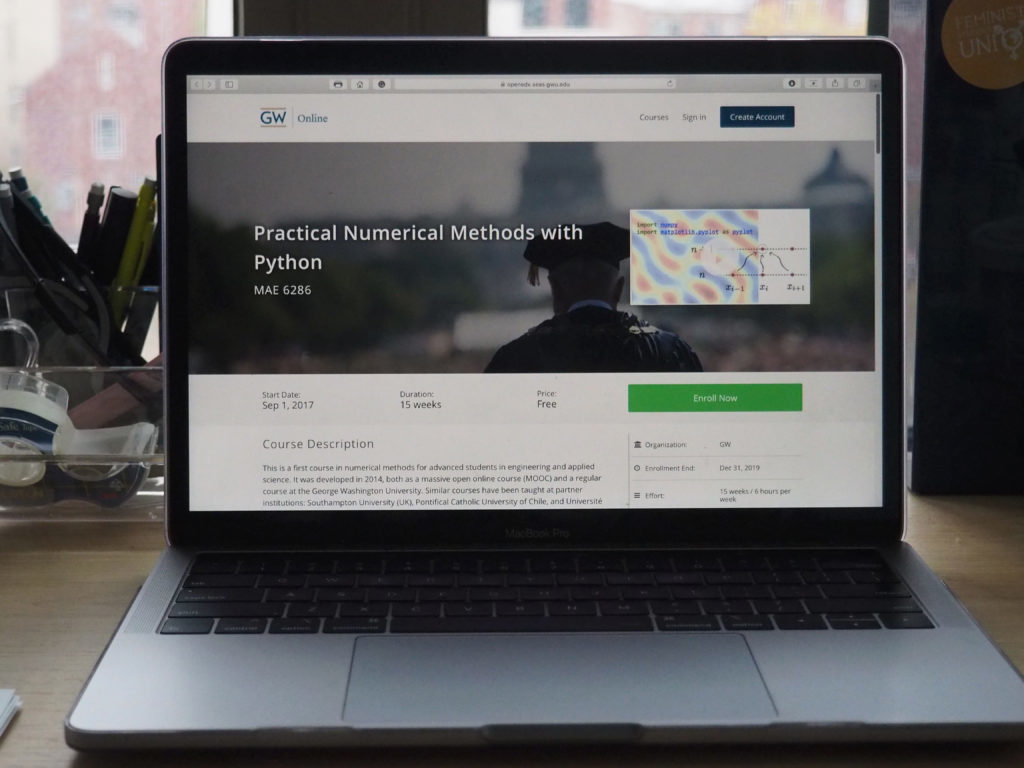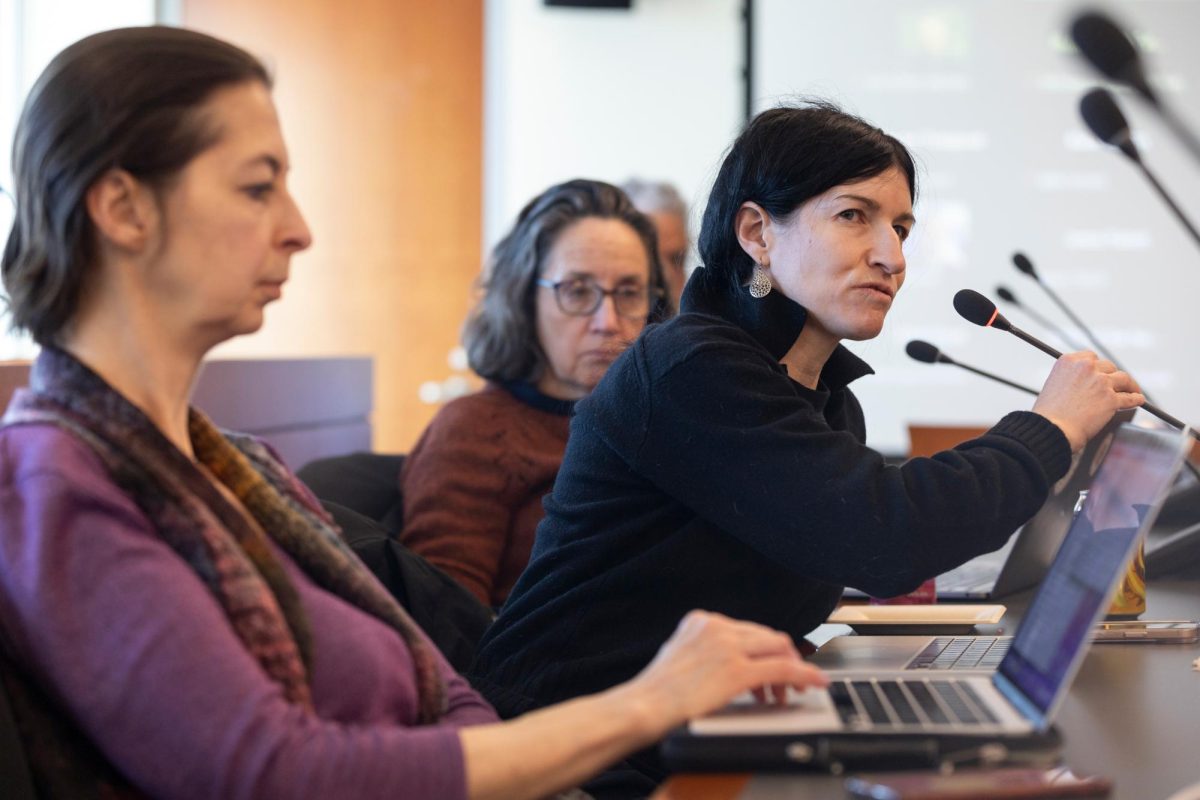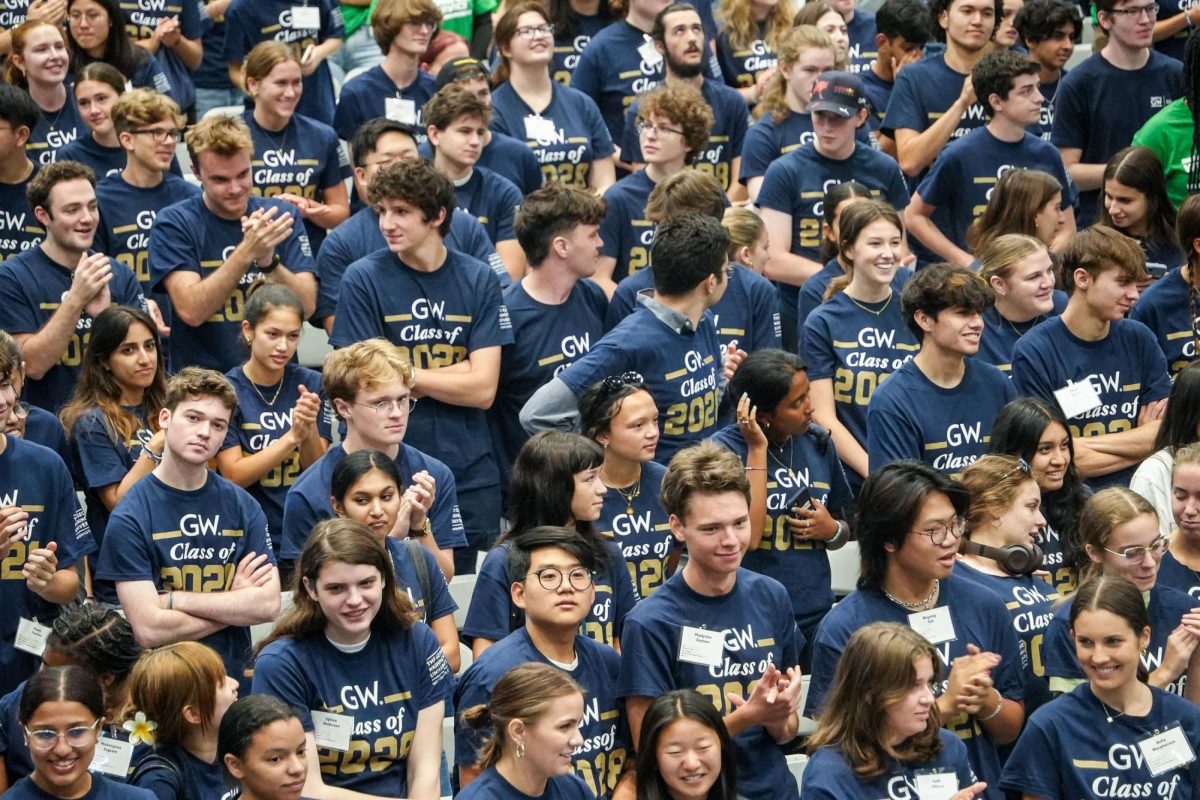Five years after GW launched its first free massive open online course, faculty continue to tout its advantages for students.
Officials currently offer four MOOCs, which allow anyone to enroll at any time for a self-paced class in engineering or nursing after cutting two classes in summer 2018. Officials said the courses help their schools reach out to thousands of people from around the globe and make learning accessible beyond the GW community for students who can not attend classes full- or part-time on campus or online.
Ken Schappelle, the director of marketing and communications for the School of Nursing, said the school’s MOOC offerings have helped nursing faculty disseminate their knowledge through an accessible medium at no cost.
“By the belief that all people deserve quality health care, we aspire to be trusted advocates for the advancement of societal well-being in the clinic, community and statehouse,” he said in an email. “Sharing the MOOC with the world is one way for GW Nursing to be an advocate of these values.”
Schappelle said the school offers two MOOCs, one on healthcare safety launched in May 2016 and one on clinical simulations launched in June. He said the courses have attracted more than 10,000 enrollees from around the world, with especially “strong” representation from Europe and Asia.
“Helping our fellow colleagues in the United States and globally is rewarding and demonstrates our commitment to advocacy, teaching excellence and advancing quality health care,” he said.
Schappelle said people can sign up for the University’s MOOCs at any time and can take the courses at their own pace because they have no enrollment cap and are self-guided. Administrative staff from the school monitor portions of the courses through discussion boards to answer questions from users, he said.
Lorena Barba, a professor of mechanical and aerospace engineering in the School of Engineering and Applied Science who established two semester-long MOOCs on computing and aerodynamics in 2014 and 2017, said more than 10,000 users have enrolled in her Practical Numerical Methods with Python course since its inception in 2014. The course teaches users how to work with Python, an online programming language.
Barba said SEAS officials have no plans to launch new MOOCs in the future, adding that she has taken on most of the responsibility for running the existing courses, like adding new modules that she installed online. She said two of her courses – like Aerodynamics with Python, which teaches students to use Python to understand the properties of moving through the air – are semester-long, but she has developed other shorter modules to teach specific skills.
“These are all a ‘one-woman show,’” she said in an email.
Higher education experts said MOOCs present opportunities for learning if officials market them toward individuals seeking to acquire extra skills they can apply to the workplace instead of trying to use them to replace traditional online courses.
Jay Halfond, a professor of the practice of continuing and distance education at Boston University, said students can use MOOCs to develop professional skills and gain useful credentials to advance in their field of study even if they cannot gain academic credit from the courses. He said users can use certificates of completion as proof that they have developed new skills.
“MOOCs are increasingly associated with alternative credentials – certificates and badges – which help provide lifelong learning and retooling,” he said in an email.
Halfond said that while part-time students with jobs may find MOOCs “accommodating,” they are associated with low retention rates because there is a lack of faculty to support the courses, causing many students to drop out. He said a “major trend” in American higher education has been for students to enroll in online degree programs that allow part-time students to receive academic credit instead of MOOCs, which traditionally do not convert to a degree.
“There is no evidence that students are foregoing traditional degrees, either on-campus or online, for MOOCs,” Halfond said.
Ray Schroeder, the associate vice chancellor for online learning at the University of Illinois Springfield, said higher education institutions have increasingly developed MOOCs to deal with the greater numbers of nontraditional students they are faced with. He said MOOC developers have created solutions to address this issue like incorporating MOOCs into graduate certificates or degree programs.
“One of the challenges has been to provide individual attention engaging students at scale,” Schroeder said in an email. “With up to 100,000 students in one MOOC, assuring that students are attended to is an important challenge.”
He said that other universities have been developing MOOC-based degrees and have experienced a boost in enrollment by placing a degree within the reach of people who are not able to be full-time students.
“We are entering an era of lifelong learning – MOOCs are a great vehicle to teach lifelong learners who are employed, mobile and need ‘just-in-time’ learning,” he said.








